Hummus is a beloved Mediterranean dip that has gained popularity worldwide for its creamy texture and rich flavor. This versatile dish can be enjoyed as a snack, appetizer, or even as part of a main meal. It’s an excellent source of plant-based protein and can easily be customized with various flavors. Whether you are a beginner or an experienced cook, making homemade hummus is simple and rewarding. In this guide, we will explore a classic hummus recipe, several delicious variations, and tips for perfecting your hummus every time.
Introduction to Hummus
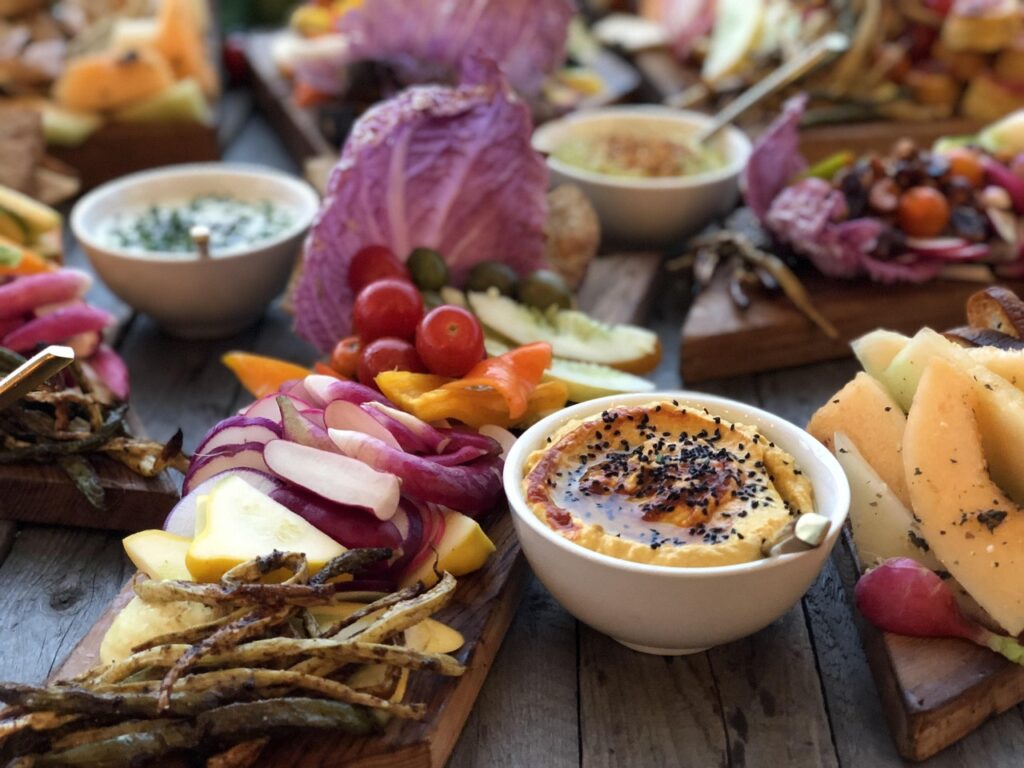
Hummus is traditionally made from blended chickpeas, tahini (sesame seed paste), olive oil, lemon juice, and garlic. The flavor profile is nutty and slightly tangy, with a creamy texture that pairs well with a variety of dippers, from pita bread to fresh vegetables. It is often served during gatherings, parties, or as a healthy snack option.
Essential Equipment for Making Hummus
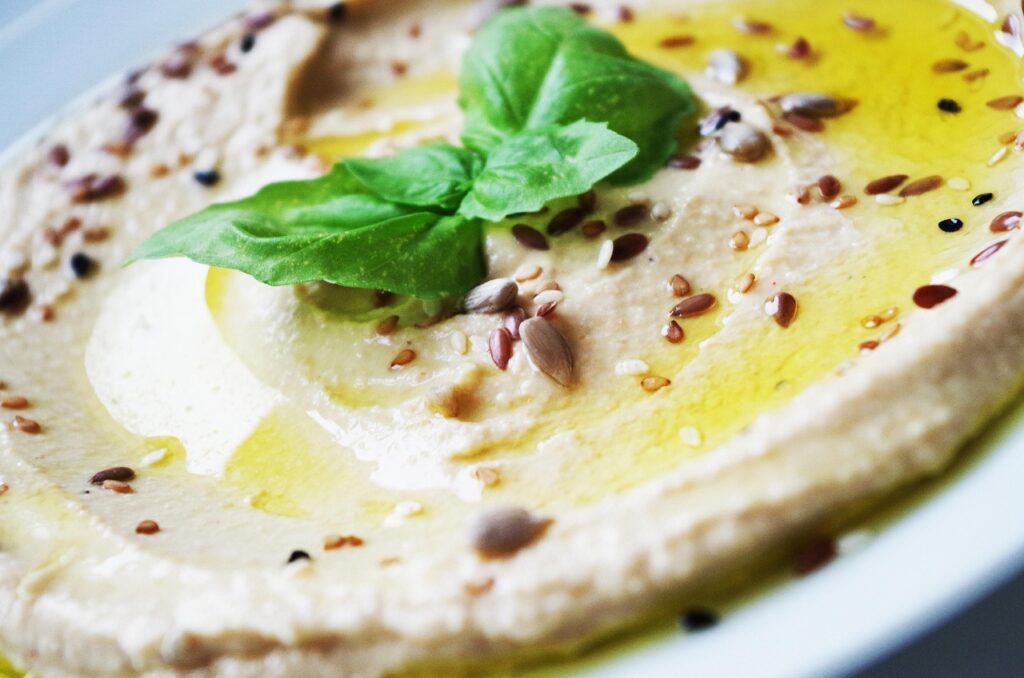
To make hummus effectively, you will need the following equipment:
Blender or Food Processor
A high-quality blender or food processor is essential for achieving a smooth consistency.
Measuring Cups and Spoons
Accurate measurements ensure the right balance of flavors.
Spatula
A spatula helps in scraping down the sides of the blender or food processor for even blending.
Classic Hummus Recipe
This classic hummus recipe serves as a base for many variations. It’s straightforward and delicious.
Ingredients
- 1 can (15 oz) chickpeas, drained and rinsed
- 1/4 cup tahini
- 2 tablespoons olive oil
- 2 tablespoons lemon juice
- 1 clove garlic, minced
- 1/2 teaspoon ground cumin
- Salt to taste
- Water, as needed for consistency
Method
- In a food processor, combine the chickpeas, tahini, olive oil, lemon juice, garlic, cumin, and salt.
- Blend until smooth, adding water a tablespoon at a time until the desired consistency is reached.
- Taste and adjust seasoning as necessary.
- Transfer to a serving bowl and drizzle with olive oil before serving.
Notes
- For a creamier texture, peel the chickpeas before blending.
- Store any leftovers in an airtight container in the refrigerator for up to a week.
Hummus Variations and Flavored Recipes
While classic hummus is delightful on its own, you can easily experiment with different flavors. Here are six tasty variations:
Roasted Red Pepper Hummus
Ingredients
- 1 can chickpeas, drained and rinsed
- 1/4 cup tahini
- 2 tablespoons olive oil
- 2 tablespoons lemon juice
- 1 clove garlic, minced
- 1 cup roasted red peppers (jarred or homemade)
- Salt to taste
Method
- Combine all ingredients in a food processor.
- Blend until smooth, adding water as needed.
Notes
- Roast your own peppers for a fresher flavor.
- Pairs well with pita chips and veggies.
Beet Hummus
Ingredients
- 1 can chickpeas, drained and rinsed
- 1/4 cup tahini
- 2 tablespoons olive oil
- 2 tablespoons lemon juice
- 1 clove garlic, minced
- 1 cup cooked beets, chopped
- Salt to taste
Method
- Blend all ingredients in a food processor until smooth.
Notes
- This vibrant dip adds color to any platter.
- Great with crackers or as a sandwich spread.
Spicy Hummus
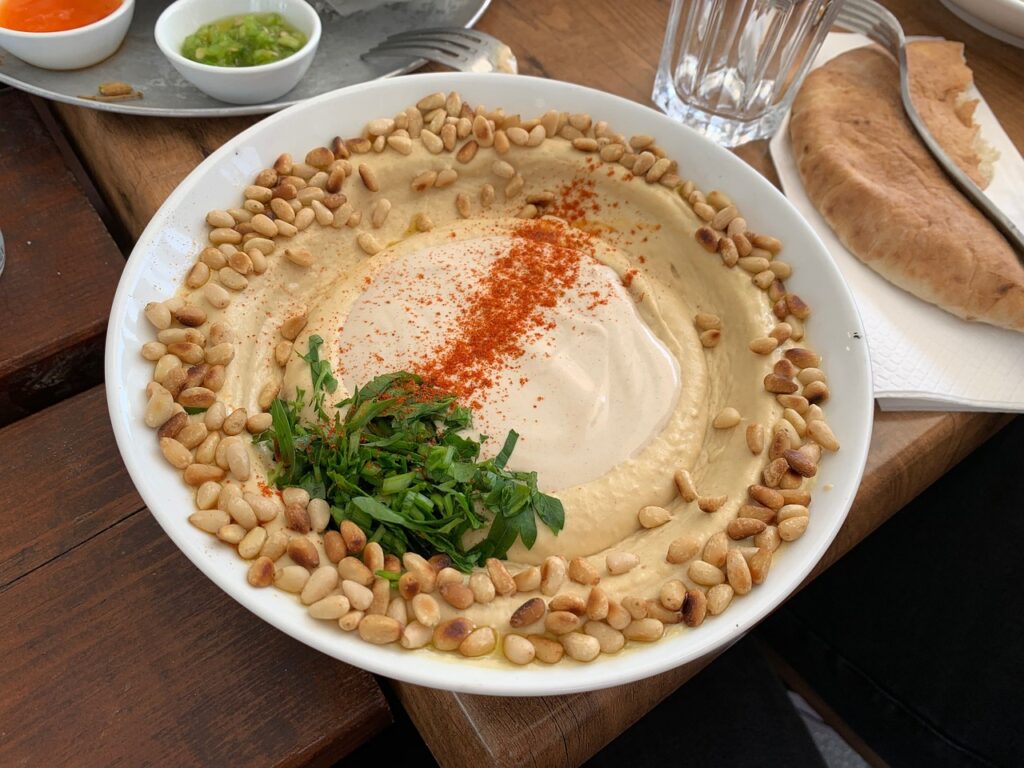
Ingredients
- 1 can chickpeas, drained and rinsed
- 1/4 cup tahini
- 2 tablespoons olive oil
- 2 tablespoons lemon juice
- 1 clove garlic, minced
- 1-2 tablespoons sriracha or harissa
- Salt to taste
Method
- Blend all ingredients until smooth.
Notes
- Adjust the spice level to your liking.
- Serve with spicy chips or fresh veggies.
Oil-Free Hummus
Ingredients
- 1 can chickpeas, drained and rinsed
- 1/4 cup tahini
- 2 tablespoons lemon juice
- 1 clove garlic, minced
- Water, as needed for consistency
- Salt to taste
Method
- Blend all ingredients, adding water until desired consistency is reached.
Notes
- This version is lighter and perfect for health-conscious eaters.
- Great with fresh veggie sticks.
Herbed Hummus
Ingredients
- 1 can chickpeas, drained and rinsed
- 1/4 cup tahini
- 2 tablespoons olive oil
- 2 tablespoons lemon juice
- 1 clove garlic, minced
- 1/4 cup fresh herbs (such as parsley, cilantro, or dill)
- Salt to taste
Method
- Blend all ingredients until smooth.
Notes
- Experiment with different herbs for unique flavors.
- Perfect as a spread on sandwiches.
Dessert/Sweet Hummus
Ingredients
- 1 can chickpeas, drained and rinsed
- 1/4 cup almond butter or peanut butter
- 2 tablespoons maple syrup
- 1 teaspoon vanilla extract
- 1-2 tablespoons almond milk
- Salt to taste
Method
- Blend all ingredients until smooth, adjusting sweetness with more maple syrup if desired.
Notes
- This sweet variation is ideal for a unique dessert dip.
- Serve with fruit slices or graham crackers.
Step-by-Step Guide: How to Make Hummus

Making hummus is a straightforward process. Follow these steps for a perfect batch:
Preparation
- Gather all ingredients and equipment.
- Drain and rinse canned chickpeas for best flavor.
Blending
- Combine all ingredients in a food processor.
- Start blending on low speed, gradually increasing to high.
- Stop occasionally to scrape down the sides for even blending.
Adjusting Consistency and Flavor
- Add water gradually to achieve your desired texture.
- Taste and adjust seasoning as necessary, adding more salt, lemon juice, or spices.
Ingredient Substitutions and Variations
Hummus is flexible and can be tailored to your dietary needs or preferences.
Chickpeas
- Substitute with white beans or lentils for a different flavor.
Tahini
- Use sunflower seed butter or omit it for an oil-free version.
Garlic
- Garlic powder can be used if fresh garlic is not available.
Lemon Juice
- Vinegar can be a substitute if lemon juice is unavailable.
Serving Suggestions: When and How to Serve Hummus
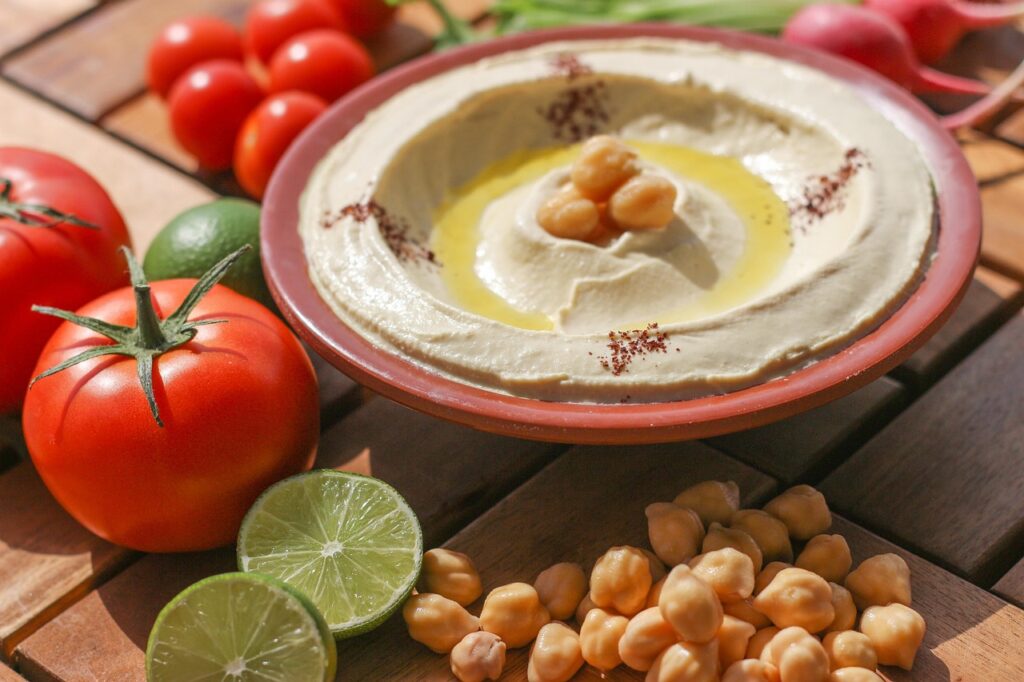
Hummus is incredibly versatile and can be served in various ways:
Snacks
- Pair with pita chips, vegetable sticks, or crackers for a healthy snack.
Parties
- Serve as part of a mezze platter with olives, cheeses, and breads.
Meals
- Use as a spread in sandwiches or wraps, or as a side with grilled meats and salads.
Storage, Freezing, and Reheating Tips
Proper storage ensures your hummus stays fresh and delicious.
Refrigeration
- Store hummus in an airtight container in the refrigerator for up to one week.
Freezing
- Hummus can be frozen for up to three months. Thaw in the refrigerator before serving.
Reheating
- Reheat gently in the microwave or serve at room temperature.
Common Mistakes & How to Fix Them
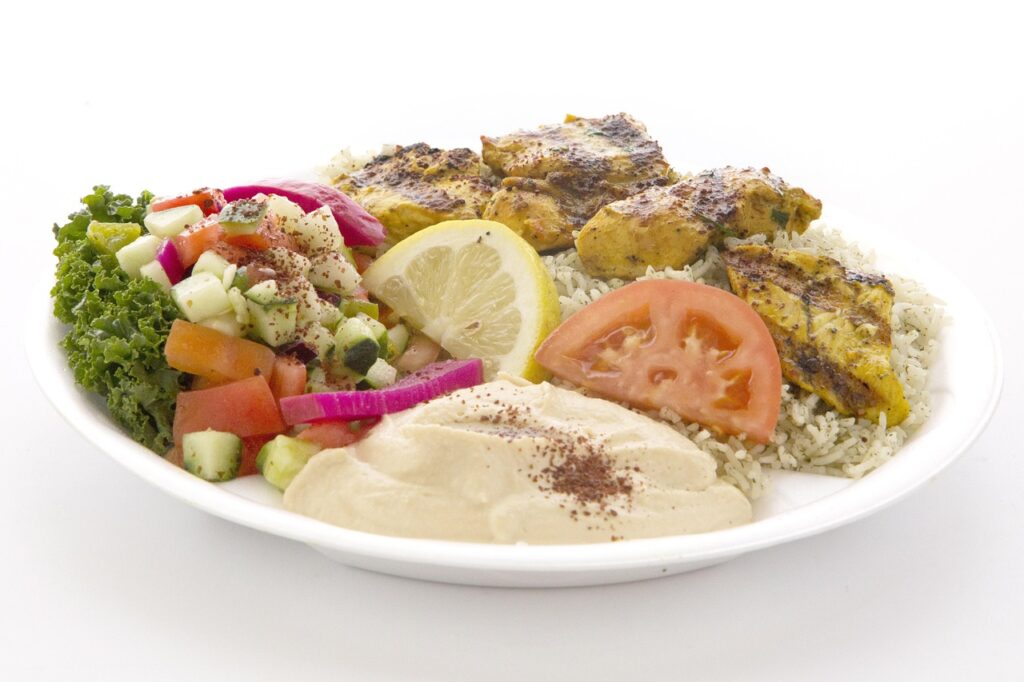
Even seasoned cooks can encounter issues when making hummus. Here are common mistakes and how to resolve them:
Texture Issues
- If hummus is too thick, add more water or olive oil until smooth.
- If too thin, blend in a little more tahini or chickpeas.
Flavor Problems
- Adjust seasoning with salt, lemon juice, or garlic to enhance flavor.
Blending Challenges
- Ensure your blender or food processor is powerful enough to achieve a smooth consistency.
Tips for Perfect Hummus Every Time
Making hummus at home is not only easy but also allows for endless customization. By following the classic recipe and experimenting with variations, you can create a dip that suits your taste perfectly. Remember to adjust flavors to your preference, store properly, and enjoy this delicious Mediterranean treat in a variety of ways. With these tips, you’ll be a hummus-making pro in no time!